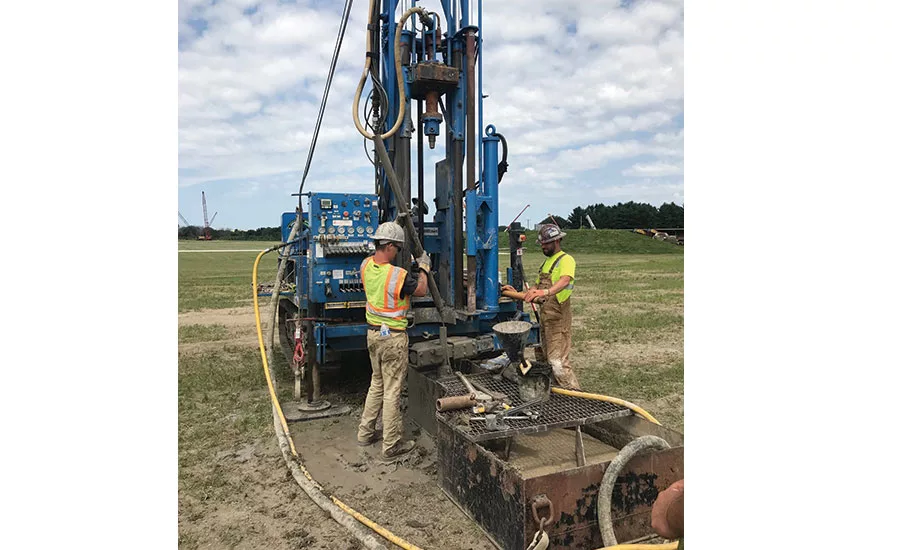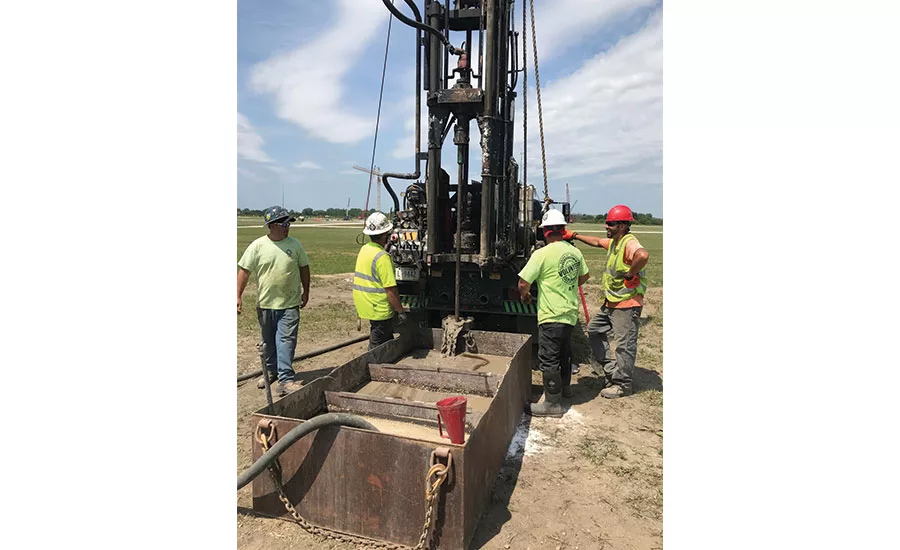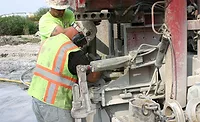Not All Drilling Work Happens at the Rig

Companies should clearly document skills required for each level of proficiency. It is in a company’s best interest to get employees to the point they can do most tasks unsupervised.
Source: Dave Bowers photos


It’s a driller’s job to be proficient on the rig, but that job can include work with a slew of other types of equipment, each with their own set of required skills.
As I sit here watching heavy equipment run, I am struck by the realization that not all drilling work is done with a drill rig. Drillers are expected to be proficient with boom trucks, bulldozers, skid steers, fork trucks, and myriad other equipment.
So what does proficiency mean? The National Institutes of Health (NIH) office of human resources use of five-step scale to measure proficiency from “fundamental awareness” to “expert.” But how do you break that down?
I once worked for a company that divided drillers in to four “classes” based on experience and competency. This gave newer employees a target. They knew the benchmarks required to get to the next class level. At my current job, apprentices advance to different levels based on jobsite hours, training time, and written and practical testing. These benchmarks determine the level of proficiency they have attained, and their compensation rises with their ability.
Proficiency loosely breaks down into these categories.
Fundamental Awareness
This employee has a very basic understanding of what needs to be done, but may not be able to execute even basic tasks without guidance from a more experienced worker.
We all fall into this category when new to our careers. I remember the first time I was sent on a job as a helper on a geotechnical rig. I had no training, and had only worked for the company a couple of weeks as a concrete tester. I met up with a driller from an office in the next state. At the time, he seemed to me a grizzled old veteran, though he was probably only in his late forties. His name was Steve, and he chain-smoked. We loaded up and drove the seven hours to the jobsite. We briefly discuss what he needed me to do, and he explained I would be writing the logs.
After a couple days of drilling, Steve asked me a simple question: “Hey where did we hit auger refusal on the last hole?”
I did not have an answer. I knew he had said something about hitting rock on some of the holes, but I was so busy describing the samples I did not think to write it down. Steve was not happy. We got to auger probe those holes so that we had reliable data.
By the end of that job, I had reached the second level of proficiency.
Novice
This employee has the ability to perform basic tasks under the supervision of a more seasoned worker, and has the experience to complete less complex tasks without mistake.
Drillers are not known for tremendous patience, so the first two levels of proficiency should pass quickly if an employee is to be successful in this field. However, we must remember every new process or machine may take an employee who has surpassed one level and drop him or her back down. Your best driller could be your worst forklift operator.
Intermediate
This employee is able to complete tasks as required without direct supervision and makes few mistakes. Most workers spend years in this level gaining the necessary experience to advance. As the saying goes, “Good judgment comes from experience — and a lot of that comes from bad judgement.”
Advanced
These workers are go-to employees and may be the “person to ask” about how to do a task the most efficient way. They are the company “experts” who are assigned the problem jobs and guide less experienced people.
Expert
This is your industry expert, the person called to troubleshoot and give guidance — not only to others in the company, but often competitors or state boards. We all know that guy, the one we believe is the best. Many times, the real experts do not believe they are experts. They are just “willing to help, if they can.”
OSHA requires that employers implement training programs to “train and evaluate” the ability of employees to operate equipment such as
- Forklifts, 1910.178
- Elevated work platforms, 1910.66
- And cranes, 1926.1400
These training programs must include both formal training, such as discussion, interactive computer learning or other traditional “classroom”-based learning, and practical training like demonstrations performed by the trainer and practical exercises performed by the trainee. They must also include an evaluation of the operator’s performance in the workplace. This evaluation must support a level-3 proficiency prior to an employee being allowed to work unsupervised. Therefore, it is in the best interest of the company to determine the minimum skills to meet that level, as well as how exactly to evaluate and document your employee’s competency for a given task. This particularly applies if the task is using one of the above-mentioned pieces of equipment.
OSHA has resources available to assist employers in developing a training program and staying compliant. These resources are available at www.osha.gov.
Stay safe and remember: The future belongs to those willing to get their hands dirty seizing it.
Looking for a reprint of this article?
From high-res PDFs to custom plaques, order your copy today!






